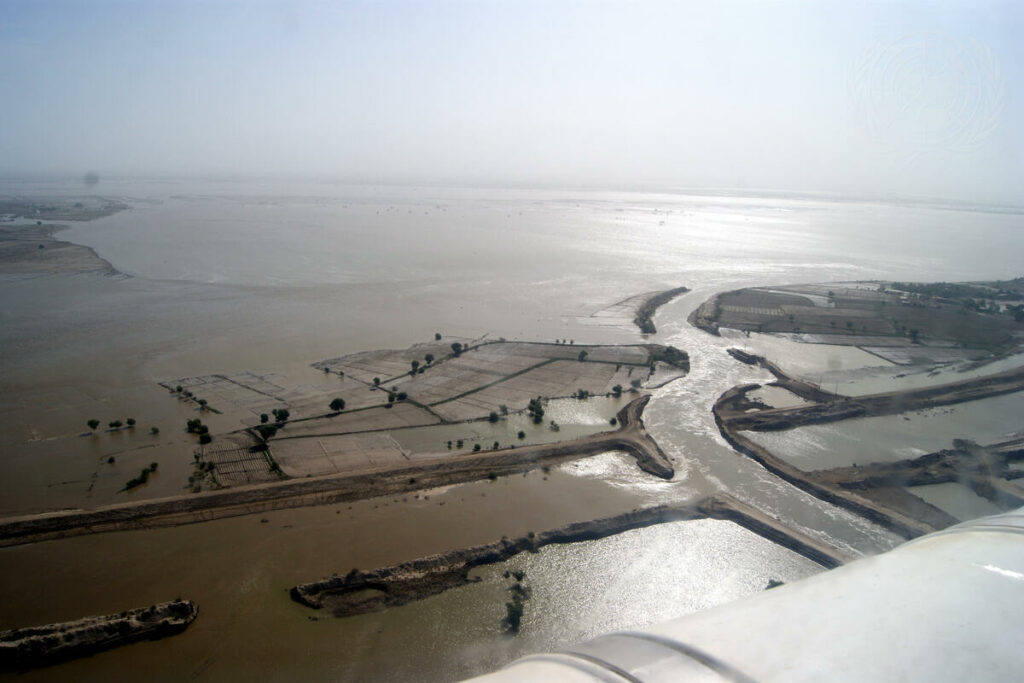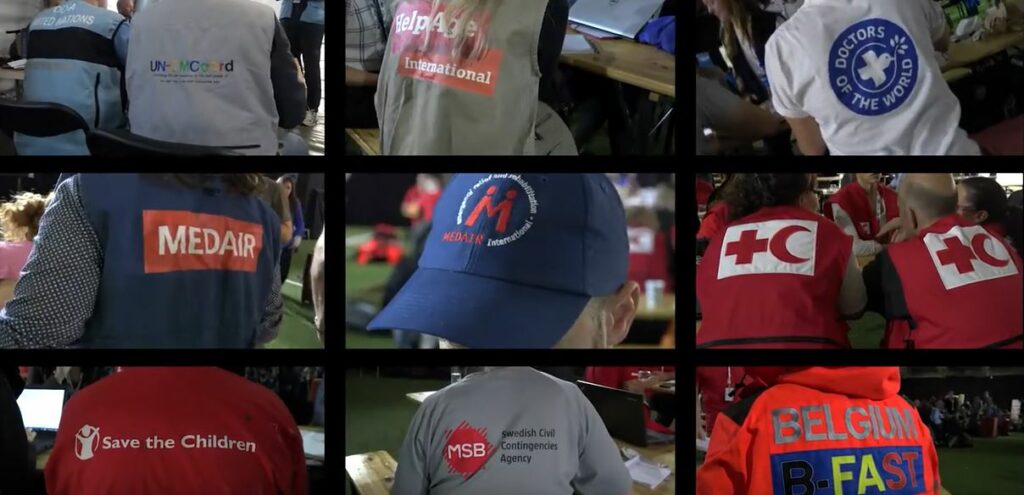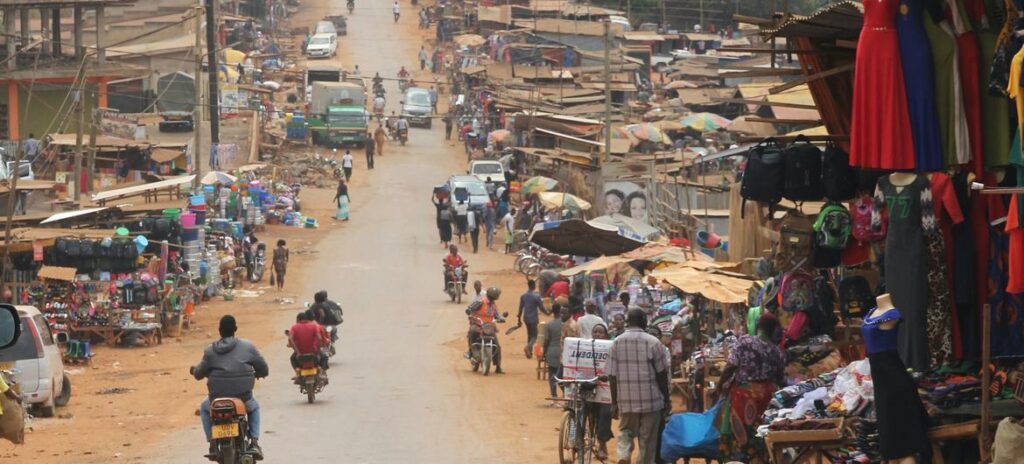Typhoon Haiyan, known locally as Yolanda, struck the Philippines in early November 2013, becoming one of the most devastating tropical cyclones ever recorded. The storm made landfall on November 8, 2013, at Guiuan, in Eastern Samar province, in the central Philippines. It was a Category 5 super typhoon with winds reaching speeds of up to 315 km/h (195 mph) and gusts even higher, with a storm surge as high as 5 meters (16 feet) in some areas.
The typhoon caused widespread destruction across the Eastern Visayas region, including Leyte, Samar, and Cebu, and continued to impact other parts of the country. The cities of Tacloban, Ormoc, and Roxas, as well as numerous rural communities, were among the hardest hit.

Following the catastrophic impact of Typhoon Haiyan in November 2013, the United Nations and its humanitarian partners rapidly scaled up relief efforts to address the widespread devastation across the central Philippines. According to the United Nations Office for Coordination of Humanitarian Affairs (UNOCHA), the Philippine Government estimated that 9.5 million people had been affected by the storm, with nearly 620,000 displaced from their homes. Access to many severely impacted areas remained a significant challenge, with roads and bridges damaged, and large numbers of survivors lacking essential supplies such as food, water, and medicines.
To support the massive relief operation, the IHP (International Humanitarian Partnership) was requested by UNOCHA to provide crucial logistics, coordination, and infrastructure support. This included the deployment of three On-Site Operations Coordination Centers (OSOCC) and ICT equipment, as well as three light office and accommodation structures to establish bases of operations for humanitarian teams. Additionally, logistics support was provided to enable the swift movement of goods and personnel in this challenging environment.
The IHP members, including agencies from Estonia, Denmark, Finland, Germany, Luxembourg, Norway, and Sweden, mobilized an array of equipment and a team of experts in ICT, construction, logistics, and water and sanitation, among others. The first deployment of equipment and personnel left Europe on Monday, November 11, and quickly began arriving in the Philippines to set up essential infrastructure.
MSB (Sweden) coordinated the IHP operation, with Ulrika Eden, the IHP coordinator, emphasizing the vital role that IHP played in facilitating the work of other humanitarian actors. She noted the importance of enabling rapid establishment of operations by providing coordination centers, office spaces, and essential communication infrastructure. “The mobilization of resources within IHP has worked very well,” she remarked, “but we have a major challenge ahead of us. We are well prepared to carry out this task and will do our utmost to support the humanitarian community’s critical efforts in assisting the affected population in the Philippines.”
The IHP’s support played a key role in ensuring that emergency responders could quickly establish their presence in the affected areas, providing essential shelter and office space for the delivery of critical aid to those in need. With ongoing logistics, coordination, and infrastructure support, IHP contributed to the efforts of restoring basic services and providing relief to millions of Filipinos affected by one of the most powerful typhoons ever recorded.
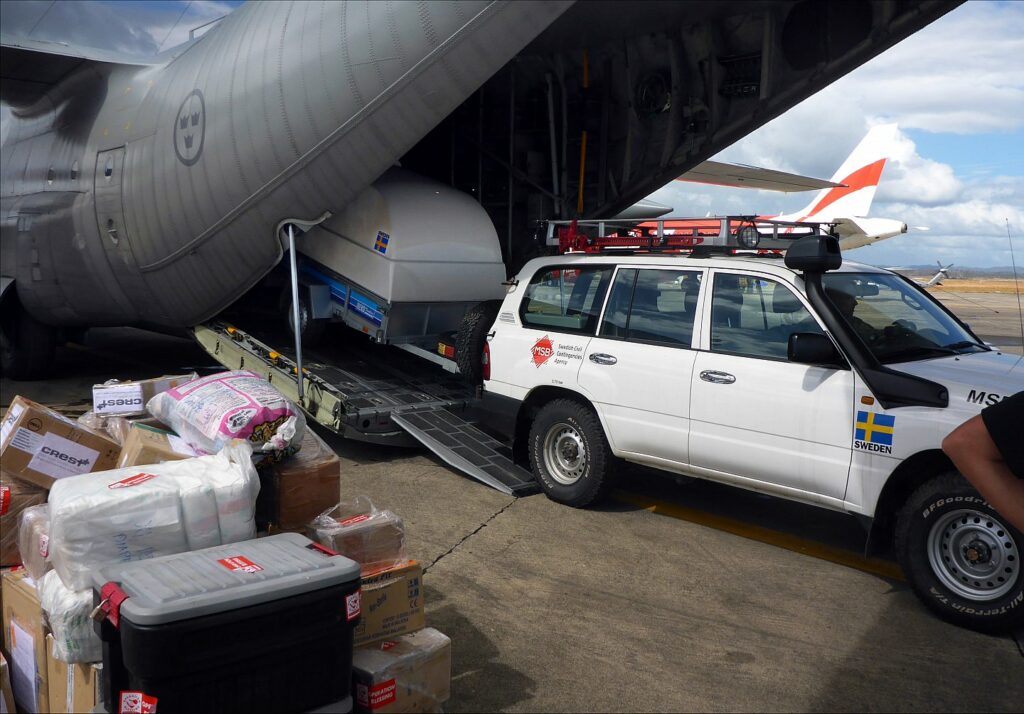
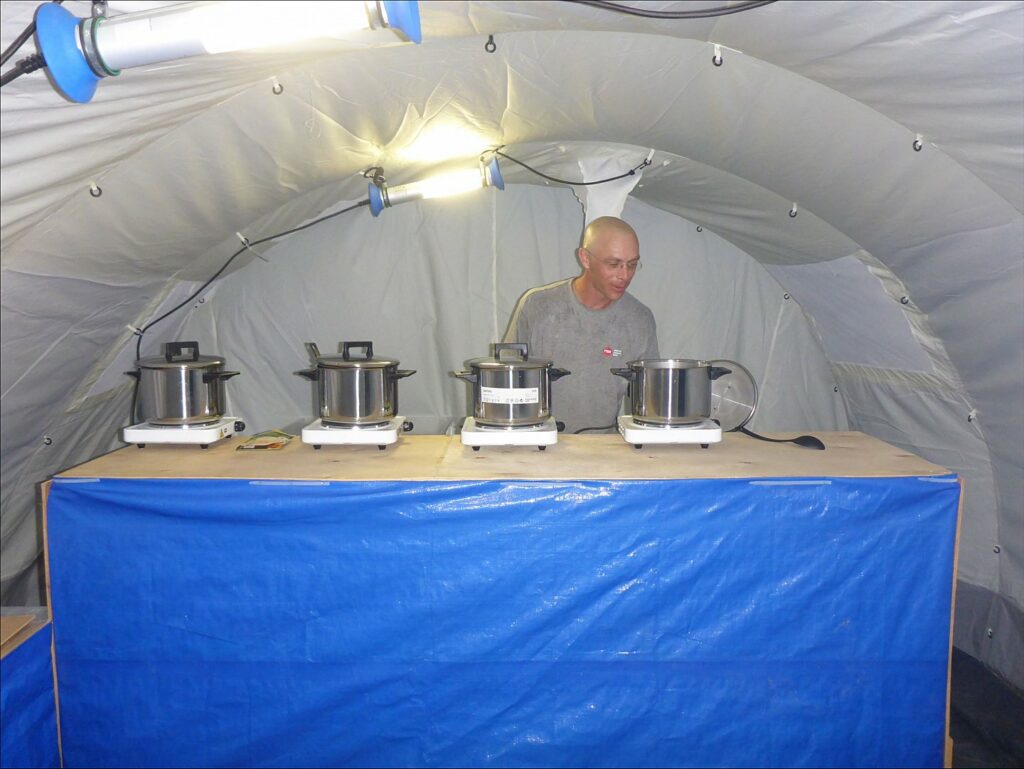
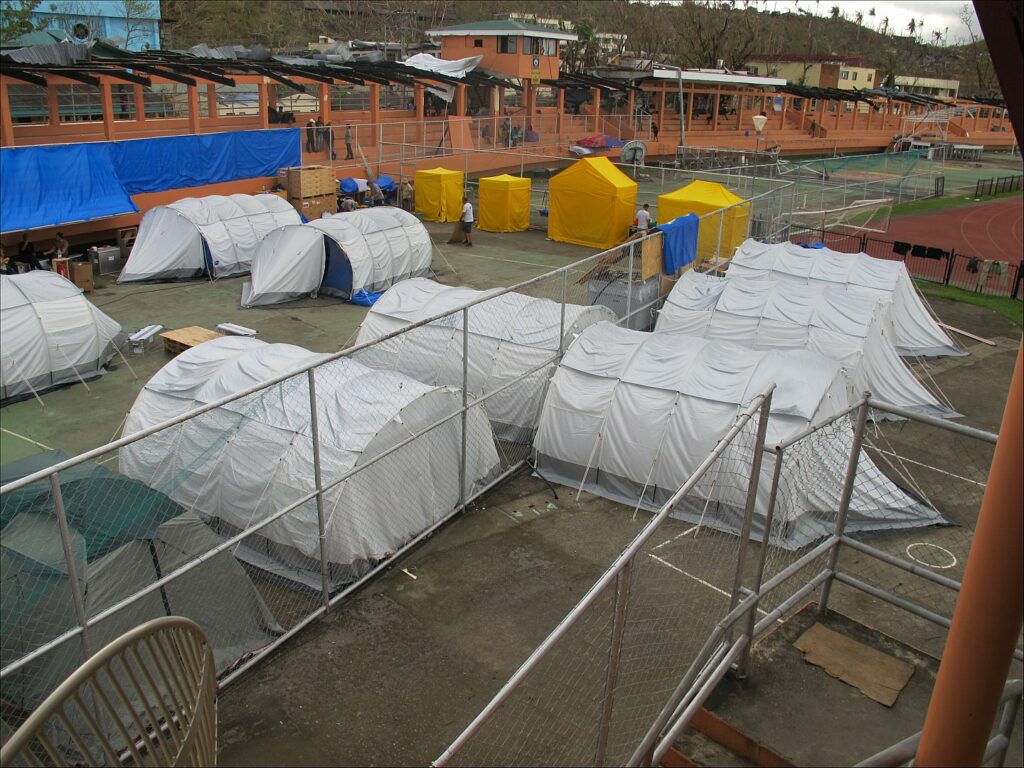

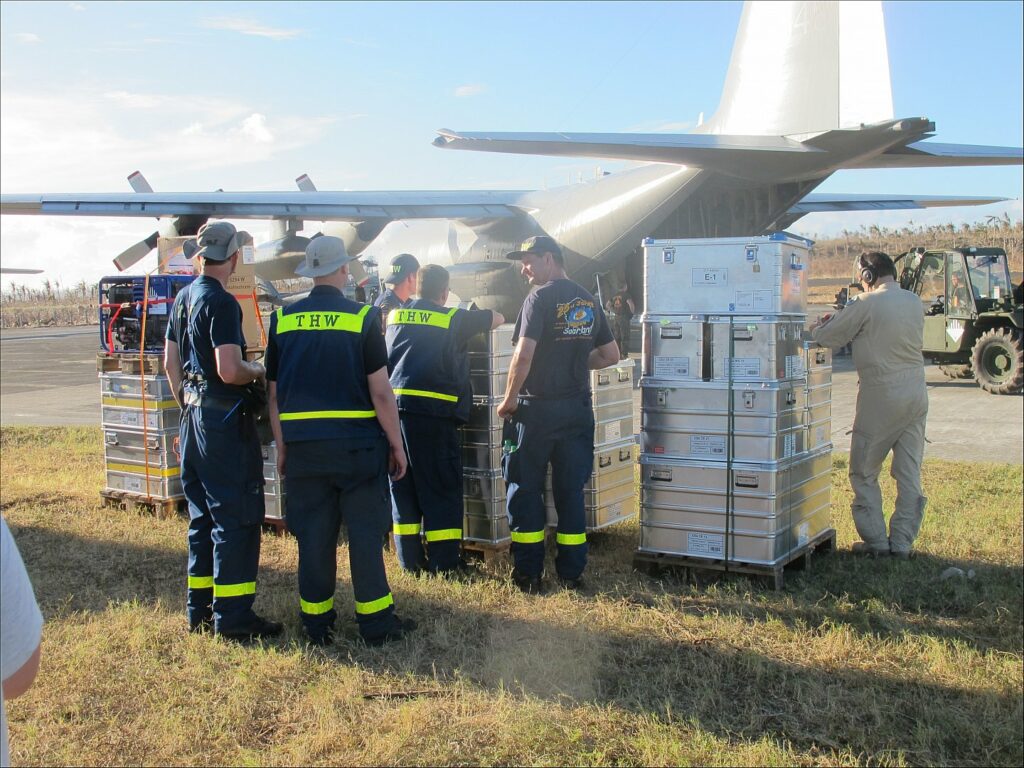
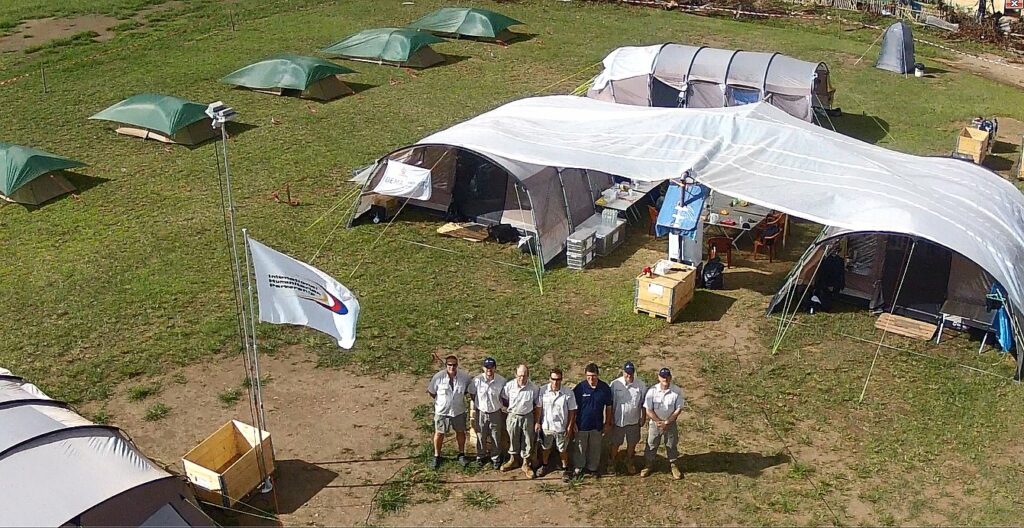
Camp Essu
IHP did not only provided essential coordination infrastructure, but also supported the establishment of a larger base camp to accommodate humanitarian personnel and assist in the delivery of life-saving aid.
The base camp was set up in Guiuan, one of the hardest-hit areas in the Eastern Visayas region, and was operational from mid-November 2013 to April 2014. This base camp was crucial for coordinating the relief efforts and providing a secure and operational space for the various humanitarian teams in the region. It served as a logistical hub for distributing aid and coordinating activities aimed at helping the survivors of the disaster.
The construction of the base camp was supported by several IHP members, including CMC, ERB, DEMA, DSB, MSB, and THW, with DSB (Norway) taking the lead and providing overall leadership to the IHP team. This collaboration allowed for the rapid deployment of experts and resources, ensuring the base camp was established quickly and efficiently.
In a special video guided by IHP Team Leader Geir Ellingsen (DSB – Norway) and Camp Manager Joey Renert from the United Nations World Food Programme (WFP), viewers are given an inside look at the IHP Base Camp “Essu” in Guiuan.
Cover Photo Credit: OCHA/Gemma Cortes

